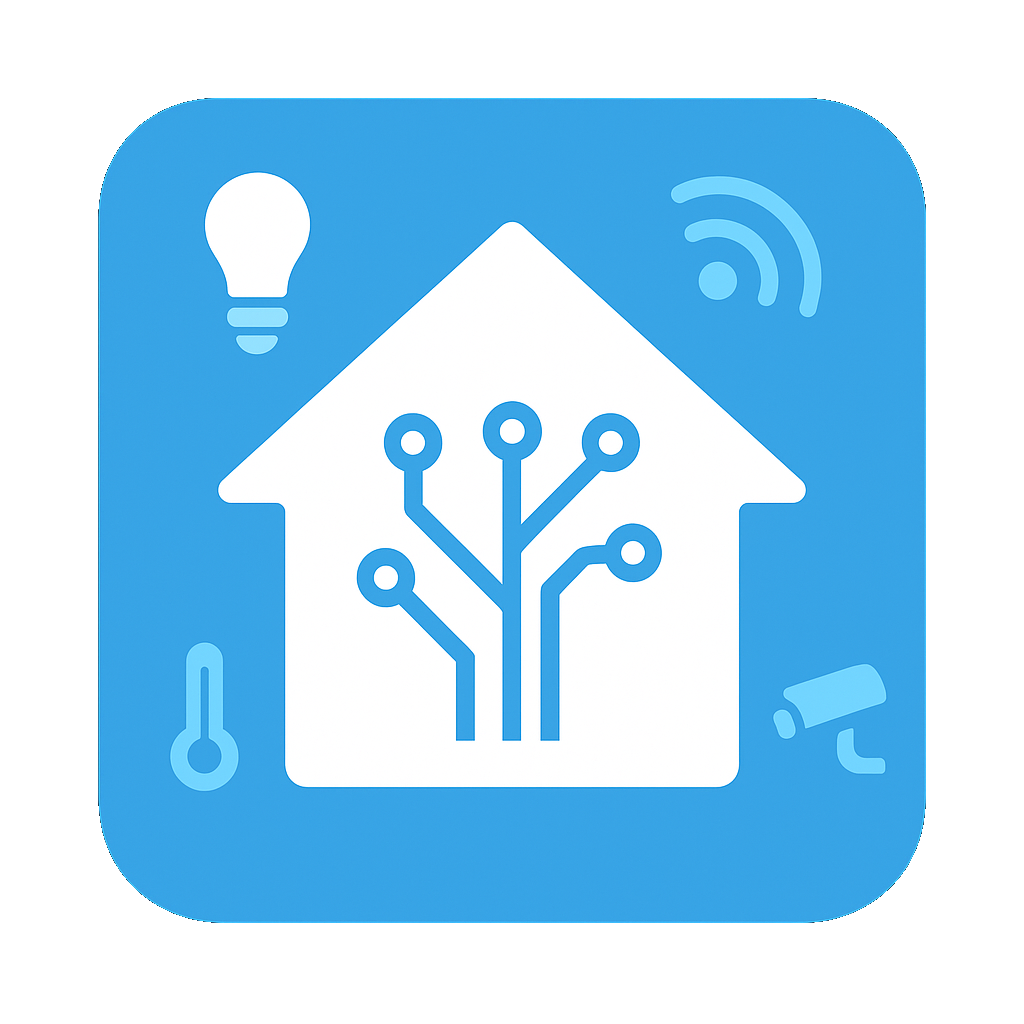In this guide, we walk you through setting up a Z-Wave network in Home Assistant using the Z-Wave JS integration, with an Aeotec Z-Stick Gen5 and the Fibaro Dimmer 2 module. This setup is fully local, reliable, and secure—perfect for long-term smart home use.
What You’ll Need
- Home Assistant (Supervised, OS, or Container installation)
- Aeotec Z-Stick Gen5 or another Z-Wave Plus USB stick
- Fibaro Dimmer 2 (FGD-212)
- A push-button (momentary) switch for wall control (recommended)
Step 1: Plug in Your Z-Wave USB Stick
- Insert the Aeotec Z-Stick Gen5 into a USB port on your Home Assistant machine.
- Go to Settings > System > Hardware and note the USB device path. It will look like
/dev/ttyUSB0or/dev/serial/by-id/....
⚠️ If you’re using a Raspberry Pi 4, you may need a USB extension cable to avoid interference with 2.4 GHz networks.
Step 2: Install the Z-Wave JS Integration
- Go to Settings > Devices & Services > Add Integration.
- Search for Z-Wave JS.
- Select it and follow the wizard.
- Choose “Use the Z-Wave JS Supervisor Add-on” if you’re using Home Assistant OS/Supervised. If you’re using Container or another method, install the Z-Wave JS server manually and link it via WebSocket.
- Enter the USB path you noted earlier.
Once complete, Z-Wave JS will start scanning your network (which is currently empty).
Step 3: Include the Fibaro Dimmer 2
- Put Home Assistant in inclusion mode by clicking “Add Device” in the Z-Wave JS integration.
- Triple-click the B-button on the Fibaro Dimmer 2 (the small button on the module itself).
- Home Assistant will detect the device and add it.
💡 Tip: Label the device and assign it to a room immediately for easy organization.
Step 4: Configure the Fibaro Dimmer 2 for Push-Button Use
To take full advantage of dimming (hold to dim up/down), use momentary (push-to-make) switches, not toggle (on/off) switches.
Set Parameter 20 to 0 (Momentary Switch)
- In Home Assistant, go to the Fibaro device.
- Click “Configure Device” > “Z-Wave Configuration Parameters”.
- Set Parameter 20 (Input switch type) to
0.
This enables:
- Single press = on/off
- Press and hold = dim up/down
- Double press = full brightness
Bonus Tips
- Calibrate the load: If you see flickering or unexpected behavior, exclude and re-include the device and let it recalibrate.
- Secure Inclusion: For enhanced security, enable S2 (if your stick supports it).
- Keep firmware updated: Fibaro devices occasionally release important bug fixes.
With this setup, you’re using a professional-grade lighting control system that works fully locally, integrates seamlessly with Home Assistant, and is built to last.
